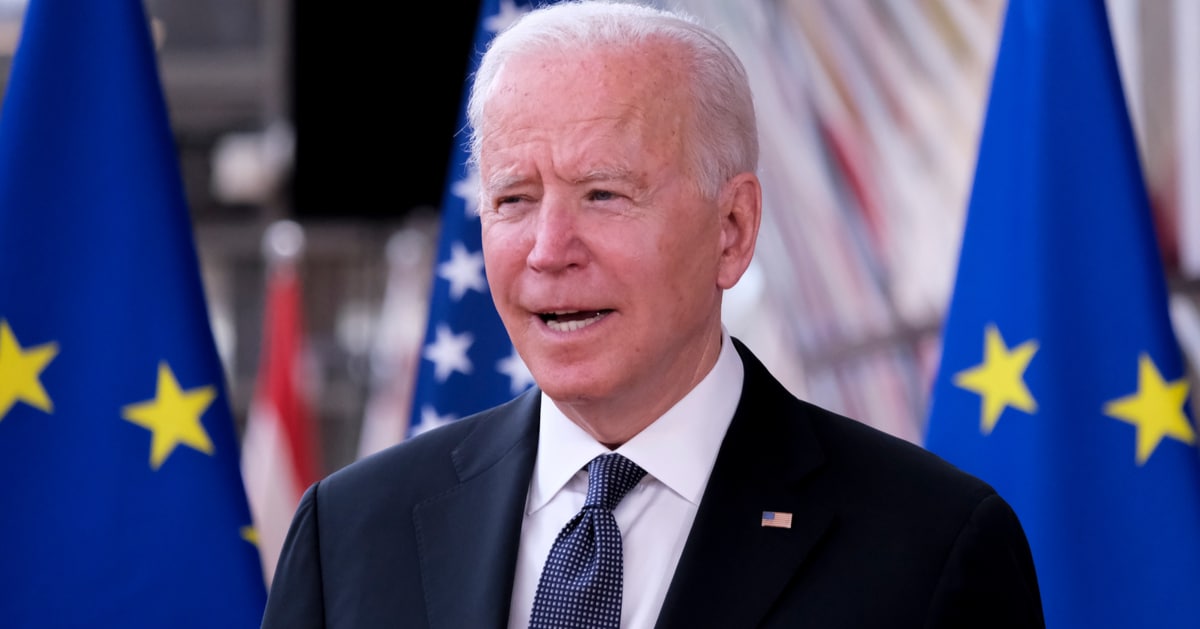


The U.S. Supreme Court is set to determine whether proving workplace discrimination is tougher for employees from majority groups, spotlighting a pivotal lawsuit involving Marlean Ames.
Reuters reported that Ames claims she faced discrimination within the Ohio Department of Youth Services after being replaced by a gay man and missing a promotion opportunity to a gay woman, prompting a legal battle under the Civil Rights Act.
Ames contends that her job was unfairly given to a gay male colleague and that she was also overlooked for a promotion, which went instead to a gay female employee.
Despite these allegations, both an Ohio federal judge and the 6th U.S. Circuit Court of Appeals found that Ames had not sufficiently demonstrated the necessary "background circumstances" to support her claim of discrimination. This decision led to Ames's lawsuit being dismissed last December.
Ames's case highlights a growing problem of reverse discrimination in which members of supposed "privileged" groups are passed over for promotions and raises in favor of "marginalized" individuals.
Ames's legal challenge was initiated under Title VII of the Civil Rights Act of 1964, which aims to prevent workplace discrimination.
While some have argued that Title VII applies equally to bias against both minority and majority groups, the courts have historically varied in their interpretations.
Since the 1980s, four other U.S. appeals courts have adopted specific standards for discrimination claims brought forth by majority group members. This has raised questions about whether these employees face a higher burden of proof when compared to minority peers.
Should the Supreme Court decide in Ames's favor, it could have far-reaching implications for similar suits filed by white and straight workers against diversity policies in organizations across the country. The key issue is whether there should be more stringent requirements when majority group members allege workplace bias.
As the case awaits arguments in the Supreme Court's new term beginning Monday, a judgment is expected by June.
This time frame will allow for careful consideration of how Title VII is applied and whether majority group members should indeed face different standards in proving discrimination.
Marlean Ames, who was responsible for ensuring compliance with federal laws aimed at deterring prison sexual assaults, experienced significant changes in her role in 2019. Despite receiving favorable feedback on her job performance, she underwent a demotion accompanied by nearly a $20 hourly pay cut.
Her demotion came alongside the promotion of a gay woman, further fueling Ames's claim of discrimination based on sexual orientation.
Despite her assertions, neither Ames's legal team nor representatives from the Ohio Department of Youth Services have responded to requests for comments.
The forthcoming Supreme Court ruling holds promise of reshaping how workplace discrimination laws are interpreted, specifically impacting white and straight individuals. The case draws considerable attention to the question of whether biases against majority group members are adequately addressed under current legal frameworks.
Beyond Ames’s specific situation, this legal issue raises complex debates about equality, fairness, and the true spirit of anti-discrimination laws as they stand.
The potential recalibration of benchmark standards could affect numerous cases moving forward.
In the interim, as all eyes rest on the judicial outcome, stakeholders across various sectors have shown interest in how this might influence broader corporate diversity strategies. This situation underscores the necessity for organizations to remain vigilant and informed regarding possible shifts in legal interpretations of workplace discrimination.



